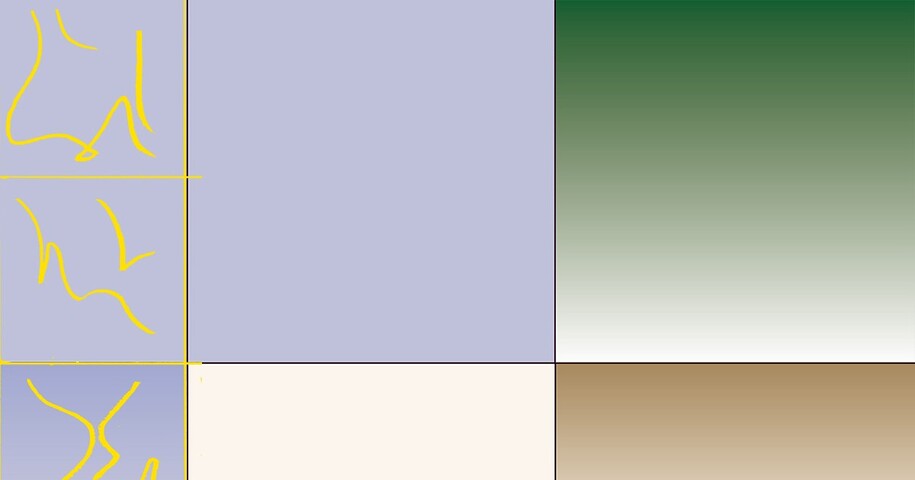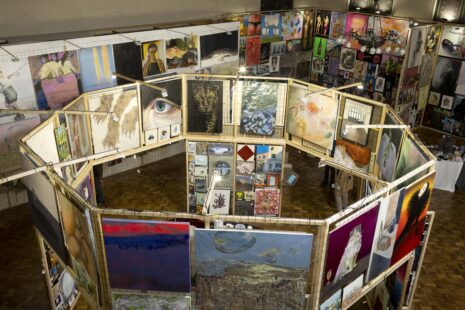Art, crafts, design… the image, the handicraft and the pedagogy—all of these practices have the ability to constantly shift, just like the Earth’s continental plates. Where there is art, there are collisions and unions, sometimes cracks that emit gas, smoke and heat, frustration and warmth. New materials take shape, the world is transformed.
Art and culture unite, displace and give birth to new—slowly, powerfully, but inexorably. History shows this time and time again—that images and design move to where they absolutely must be. Such as when photography made its entrance in the 19th century, and painting, released from the constraints of reproduction, became both abstract and surrealistic. Or more recently, as investigative and narrative journalism are given increasingly less space in public discourse. This has sparked an immediate interest among artists to inspect our society, to identify and to frame histories. When advertising beats us over the head with stencils and templates, illustrators reach into themselves and open up new, alternative worlds through drawing and film.
In times of resource shortages and crises, the designer shows spirituality in both light and darkness—sees nature itself and infinity as clients. The artisan and the craftsperson turn to recycle and cast-offs; discarded materials become a resource and a source of knowledge and joy.
All of this is the power of art. Artistic expressions are answers to the questions yet unasked, or to those which have been asked and are now being reinterpreted. What we are doing together in this year’s Degree Exhibition is shifting that which was previously taken for granted. We are communicating, shaping and sharing the new—the new which simultaneously originates from that which we may have thought was forgotten. When old continents descend, new ones arise. Maria Lantz, Vice Chancellor
This year, as in 2019, the Degree Exhibition has been curated by Emily Fahlén and Asrin Haidari. Together, they run Mint Art Gallery in Stockholm, are the artistic directors for the 2020 Luleå Biennial and work with a special interest in radical art production, intergenerational meetings and site-specific interventions.
“The Degree Exhibition can be viewed as a polyphonic chorus of the stories of 193 graduating students, containing both discordant and concordant arguments.
A depiction of a chaotic time in which the students, through their subjects, help us to better understand our era by giving it a language.
Crisis and quarantine have overturned the established exhibition form and dictated new terms and conditions. It is a situation that first brings frustration but then gives rise to new ideas. The Degree Exhibition, which normally transforms Konstfack’s premises into a gigantic exhibition space, is taking different paths this year. It is finding its way into our homes and phones, into a printed catalogue and into smaller spatial designs and interventions. Perhaps 2020 is a crossroads, a period in which we get the chance to think about our own ingrained patterns.
In the students’ projects, the future is depicted in ingenious innovations, and yet we also see history reactivated in new forms and guises. Technological manifestations intermingle with a longing for new tempos and a yearning to follow nature’s forgotten rhythms. To get away from the noise and start listening, to regain thoughts and resources. The materials and themes are innumerable.
This is the Degree Exhibition: chequered and fragmented in character, yet all-embracing and of cast-iron importance,” Emily Fahlén and Asrin Haidari.
Check it out at https://konstfack2020.se/









